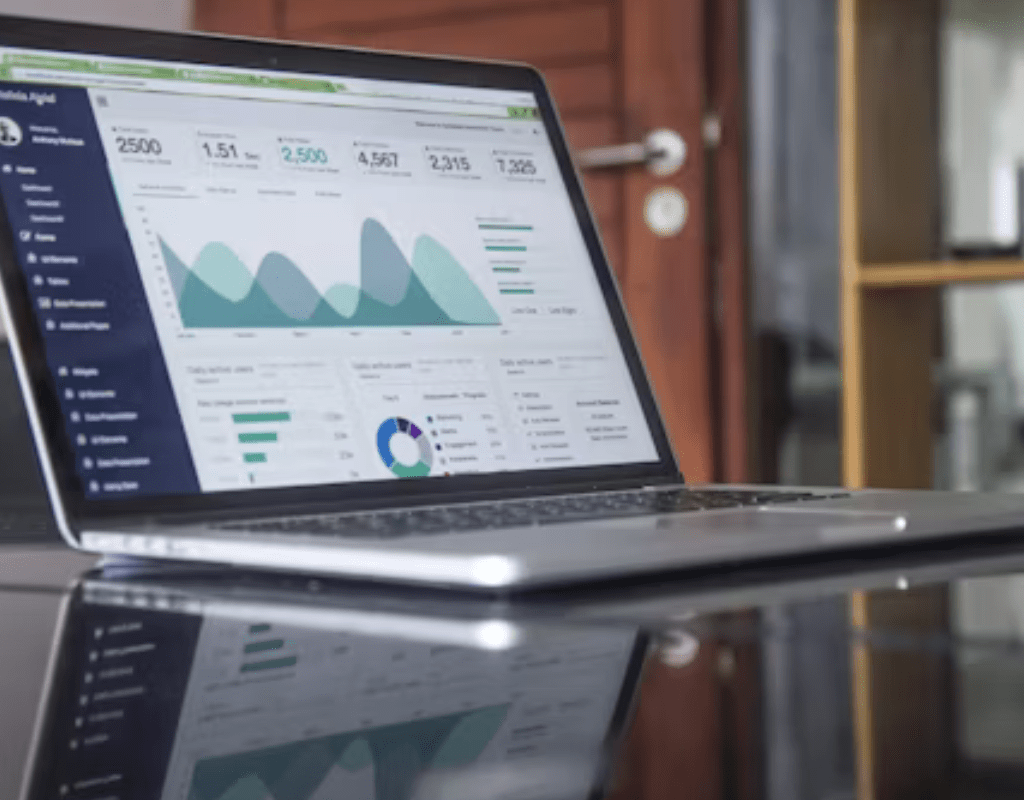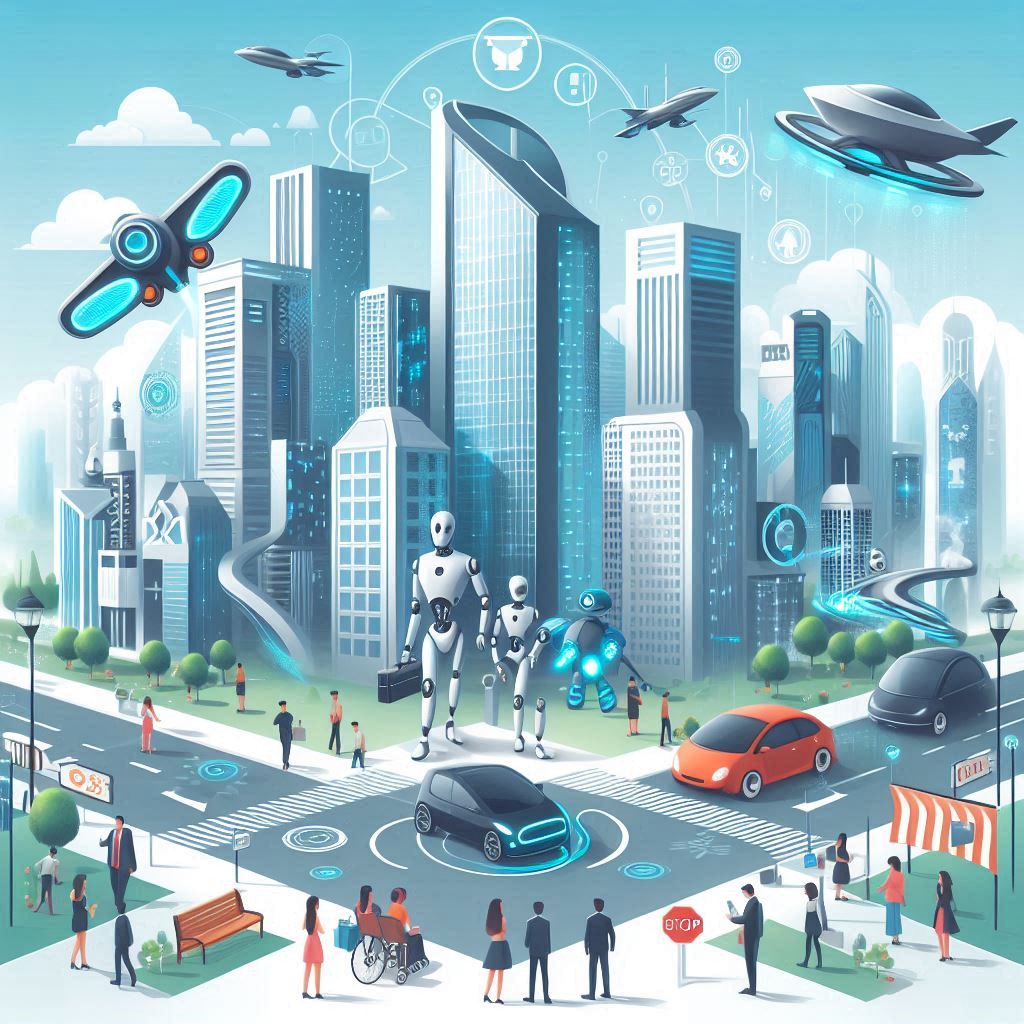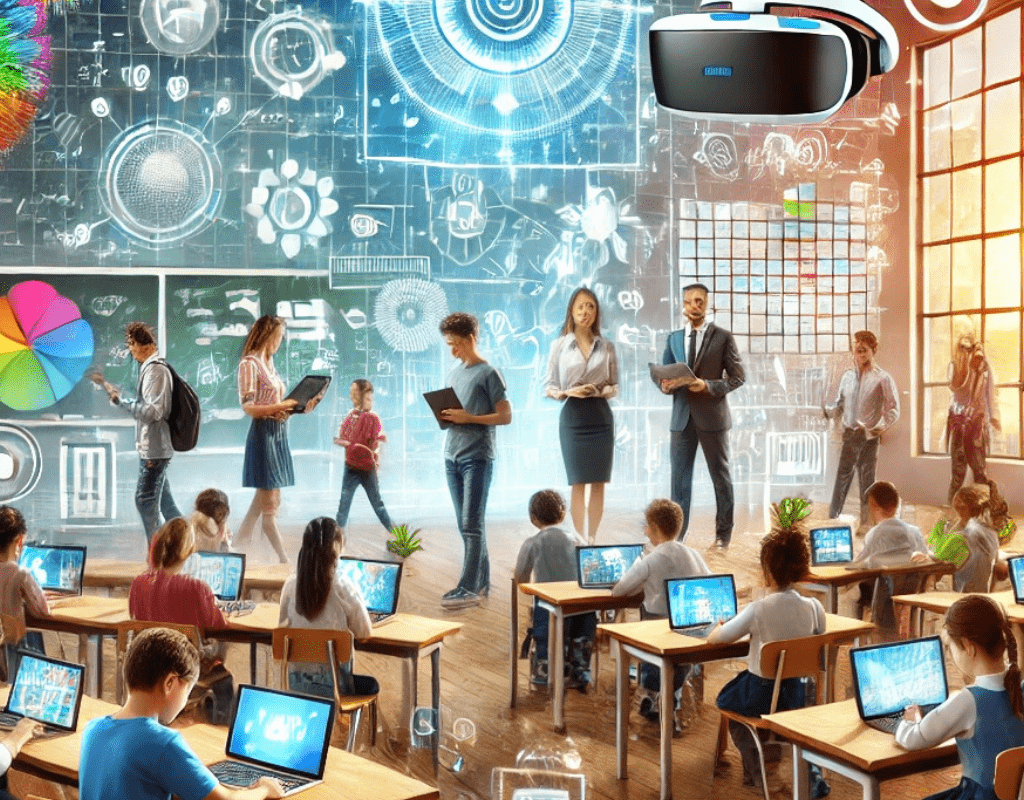The Industrial Revolution and the AI Revolution are two pivotal moments in human history that have reshaped our society and economy through advancements in technology. While both revolutions brought about significant technological innovations, they differ greatly in their impact, pace, and implications.
The Industrial Revolution and the AI Revolution are two pivotal moments in human history that have significantly reshaped our society and economy. While both revolutions have led to great strides in technology, they are worlds apart in terms of their influence, speed, and implications. We must understand these distinctions since we are living in the AI Revolution, an era that is quickly changing our everyday lives and the world’s economy. The following five points will discuss the five major technological differences between these two revolutions.

1. Nature of Innovation
Industrial Revolution: The innovations during the Industrial Revolution primarily focused on mechanical and steam power, fundamentally altering how goods were produced and consumed. Machinery in agriculture and manufacturing replaced old production methods and made things a lot more efficient. Notable inventions, such as the spinning jenny and the steam engine, paved the way for mass production and the rise of factories.
AI Revolution: The AI Revolution, however, is all about digital technology and data analytics that at its core changes the way we process information and automate functions. The development of sophisticated algorithms and machine learning has enabled machines to perform tasks that once required human intelligence. AI is everywhere nowadays in all kinds of fields, such as medicine, money, and transportation, and it makes decisions and makes things run more smoothly.
While the Industrial Revolution revolutionised physical labour, the AI Revolution transformed cognitive tasks, showcasing the evolution of technology over time.
2. Speed of Change
Industrial Revolution: The Industrial Revolution occurred over the years, from the late 1700s to the early 1800s. The gradual adoption of new technologies faced significant resistance from labour sectors, and the resulting economic and social changes took time to manifest.
AI Revolution: In reverse, the AI Revolution is unfolding at an exponential rate as a result of the explosive growth of computing power and data availability. And NLP and computer vision, which seem to be created and implemented with a moment’s notice. Businesses are adopting AI solutions almost overnight to maintain a competitive edge, resulting in transformative changes across industries.
One thing the AI Revolution makes clear is that change is a lot faster than in the Industrial Revolution; an industry or society can be completely overhauled in the blink of an eye.
3. Impact on Employment

Industrial Revolution: While the Industrial Revolution created new job opportunities, it also displaced many skilled workers. The shift from agrarian-based societies to industrial labour caused great unemployment in the rural areas due to people having to move to the cities for work. Factory jobs often came with poor working conditions, requiring workers to adapt to a new and challenging environment.
In reverse, the AI Revolution is unfolding at an exponential rate as a result of the explosive growth of computing power and data availability. And NLP and computer vision, which seem to be created and implemented with a moment’s notice. Businesses are adopting AI solutions almost overnight to maintain a competitive edge, resulting in transformative changes across industries.
One thing the AI Revolution makes clear is that change is a lot faster than in the Industrial Revolution; an industry or society can be completely overhauled in the blink of an eye.
4. Scale of Integration
Industrial Revolution: While the Industrial Revolution created new job opportunities, it also displaced many skilled workers. The shift from agrarian-based societies to industrial labour caused great unemployment in the rural areas due to people having to move to the cities for work. Factory jobs often came with poor working conditions, requiring workers to adapt to a new and challenging environment.
AI Revolution: The AI Revolution is also changing jobs and the nature of work. Yes, some jobs will be taken over by automation, causing fear of job loss but there will also be a growing number of jobs in the field of AI, data science, AI ethics, etc. This shift necessitates a workforce equipped with new skills, emphasising the importance of continuous learning and adaptability.
This is because both the Industrial Revolution and the AI Revolution have greatly affected jobs; however, the AI Revolution demands a technologically trained workforce, and this points to the necessity of continual education and upskilling.
5. Social and Ethical Implications
Industrial Revolution: The Industrial Revolution caused great social change with urbanisation and the development of a proletariat class. But this era also saw social problems like child labour, bad working conditions, and pollution. And so there were increasing cries for workers’ rights and reforms to end exploitation and raise the standard of living for the worker.
AI Revolution: The AI Revolution raises complex ethical questions and social challenges that demand our attention. There are many controversial issues like data privacy, algorithmic bias, job displacement, etc. However, with the increasing presence of AI in our daily lives, it is imperative that regulations and codes of ethics be established to see that AI serves the greater good of society.
Both revolutions brought about social change, but the AI Revolution raises unique issues of ethics and responsibility, and society must be aware of the technology and its implications. Addressing these issues will be critical in shaping a future where technology serves humanity positively.
Final Thoughts
Understanding the key differences between the Industrial Revolution and the AI Revolution is crucial in today’s rapidly evolving technological landscape. The advancements in technology, while improving our quality of life, also pose significant challenges that require careful consideration and proactive measures. As we navigate this new era, it is essential to embrace change while ensuring that technology serves humanity positively.
Stay informed about the developments in technology, especially in AI. Consider how these changes might affect your career and society at large. Embrace lifelong learning to adapt to the ongoing technological shifts and contribute positively to the future. By actively engaging with these changes, we can ensure that the benefits of the AI Revolution are maximized while mitigating its potential downsides.
TeachHub.com is always available to assist with any queries you may have, ensuring you have the support you need at all times. Contact us here.




